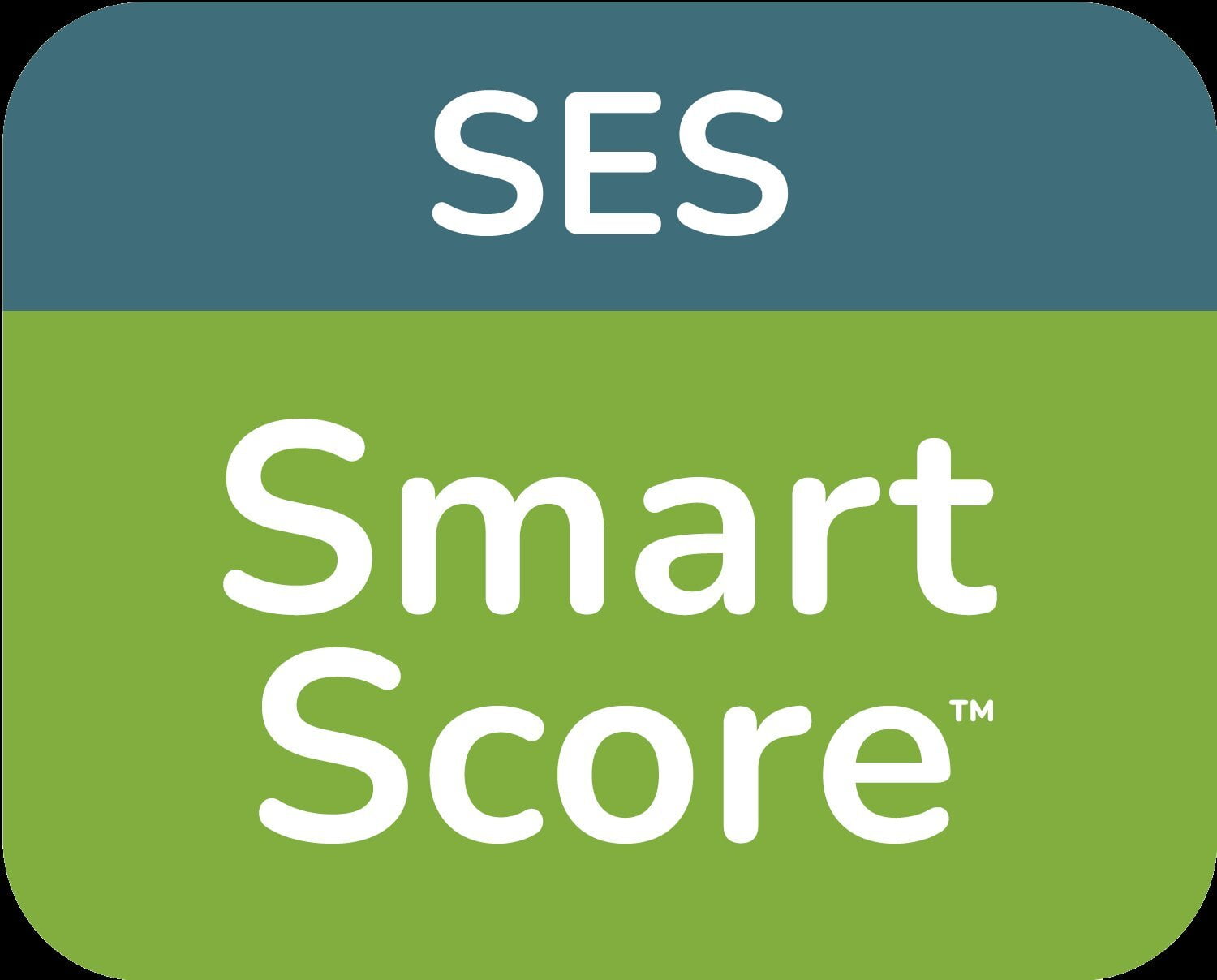My Interview with Steve Retzlaff, Principal at Ashland Middle School in Ashland, Oregon
Why is grading so difficult to talk about and even harder to change? In search of an answer, I've been interviewing district leaders and school principals to find out:
- What drove you to change your scoring and reporting system?
- How did you get buy-in from your faculty and how did you overcome resistance?
- What are the effects you've seen since switching to a proficiency mindset?
I'll be sharing my interviews on this blog as well as hosting live webinars with successful school leaders where you can ask them directly about their journey.
Whether you call it Proficiency-based, Standards-Based, Competency-Based, Mastery-Based, Hybrid, or something else....there is something to learn from all the practitioners I spoke with.
I first interviewed Steve Retzlaff, Principal at Ashland Middle School in Ashland, Oregon. AMS began implementing proficiency-based scoring and reporting several years ago and has seen a remarkable change in both student engagement and performance.
I was inspired talking with Steve. He made it easy to understand the most critical elements of a successful and systematic transition to proficiency-based scoring and reporting.
Kristy: Let's start at the beginning. Why did you decide to implement proficiency based scoring and reporting (PBSR) at Ashland Middle School?
Steve: My belief is that all students are capable of learning and all students want to succeed. I felt we could do better for our students and provide a clearer understanding of what we expect from them. I've witnessed the lack of clarity in learning expectations as both a student and educator. It's frustrating and it hinders learning.
In 2011, Oregon launched a statewide initiative (HB2220) focused on proficiency-based learning and assessment systems. Although the implementation was flawed and met with resistance from educators, some components of the initiative stood out to me. These included:
- Making it clear to students what teachers expect from them
- Providing transparent and clear learning objectives to students
- Offering multiple opportunities for students to demonstrate their proficiency and learning
These goals really resonated with me as they aligned with my belief that clear, explicit and transparent expectations are essential in providing equal educational opportunities for all students.
Kristy: Those points really hit home with me. I was a student in the 1990s. I have ADHD so school was really hard for me. I used to flip through the pages of my textbook thinking...."What am I supposed to know? What do they want me to do so I can pass this test?" There were many times I heard things like.. "Kristy, you wouldn't fail and could learn this material if you just applied yourself". I think I was being sorted into the "C student" stack.
Steve: Exactly. We call your experience "guess for success", because no one (sometimes not even the teacher) really knew what you needed to do to demonstrate understanding. At AMS, our approach to education shifted when we had open discussions about our role in ensuring all students were learning.
This led to a pivotal realization for us, as Thomas Guskey said, "Those who enter the profession of education must answer one basic, philosophical question: 'Is my purpose to select talent or develop it?” Of course, we all agreed we could and should develop talent! We believe that all students can learn! In order to develop talent, we knew the first step was to clarify what we want students to learn and be able to do. That's when our focus turned to rubrics.
We first created a “Rubric for Rubrics” as a reference for our teachers and challenged them to think beyond how they had traditionally approached teaching and learning. We asked teachers to go back and review their content-area standards and identify the most important standards for all students to learn in their class. I then worked with each PLC to deconstruct these priority standards into smaller, discrete skills and knowledge to create clear and transparent learning targets and objectives for students.
We believed that all students want to learn and grow. We hoped that with more clarity they would start to take ownership of their learning....and they did! Teachers began to present the rubrics before the students started their units or assignments in class, which proved to be a turning point not only for the students but also for our teachers. One of our strongest teachers told me, “Now that I’m so clear about what it is I want my students to learn, I need to go back and make sure that I’m actually teaching them these things.”
That was the start of a systemic transformation at AMS. It's the kind of thing that reminded me why I became an educator.
Kristy: I love that! So powerful. What overall changes have you seen since starting your proficiency work?
Steve: Let's start with staff. For the first time, we had agreement among content-area teachers about:
- What the priority standards are for each class.
- What proficiency and mastery look like for each standard.
- How we communicate these expectations to students, so that no one needs to "guess for success."
This alone was a huge step forward in our staff development! But students were the real beneficiaries of this change. They understood the expectations for each assignment, and the rubrics showed them exactly what success looked like. No guessing.
Within just a few years student survey results revealed...
- 93% of our students reported that “rubrics help me understand what the teachers wants me to do on an assignment.”
- 91% of students reported that they, "understand why I got the score I did on an assignment."
- 85% of our students reported that they “know what to do if I’m not yet proficient on an assignment or test.”
But what was most impactful for me was watching those students -- who did not previously see themselves as “A” students -- believe they could reach mastery. That was when I knew we had created an equitable system for all our students and changed teaching and learning at AMS.
Kristy: Changing mindsets is hard work. What was the biggest obstacle?
Steve: One of the biggest obstacles we faced with this transition was that our current Student Information System didn’t really support a genuine proficiency-based grading model. We could produce a traditional report card at the end of the term; however, that's the autopsy. We needed a way for our teachers to assess student work using the standards-based rubrics they had developed, and a way for students and parents to be able to see how students were performing and progressing on those standards. We needed a way to provide timely feedback.
We also wanted to make it easier for our teachers to build standards-based assignments and to score them. We looked around at the other Student Information Systems and several other grading software programs out there and couldn’t find anything that was really doing this for teachers. SmartScore™ was developed to serve and support both teachers and students. The program is designed to make it easy and efficient for teachers to create and score assignments; to communicate clearly to students what the expectations are for an assignment; and to give students clear and timely feedback on their work so that students can take that ownership and responsibility in their learning.
Kristy: Post-pandemic we are all spending time and money to address learning recovery. How does proficiency based grading enable you to address the gaps and meet diverse student learning needs?
Steve: At AMS we focused on building back fundamental student learning skills. Given the prolonged period of distance learning, we recognized that students needed time to re-learn pro-social skills. At the same time, we continued using the standards-based rubrics developed by our teachers. These rubrics, with their clear and specific skills, gave us an advantage in identifying learning gaps that had emerged over the last two years. We loaded our rubrics into SmartScore™ which allowed our teachers to focus on the gaps and work to build these skills in our students. I think we did it pretty well! Our SBAC scores from last year show AMS students expanded their performance gap with the state by 11% in Language Arts and 1% in Math, even during the pandemic.
Kristy: We don't usually think about equity when talking about grading. I recently read Joe Feldmen's book Grading for Equity. Would you share your thoughts on the role of grading in an equitable teaching and learning environment?
Steve: I was so excited to read Grading for Equity as well. What stood out to me as I read it was how much of what Feldman talked about in his book, we had also talked about and wrestled with as we went through this transition at AMS. We knew we had achievement and opportunity gaps at our school and we talked extensively about how the traditional scoring system wasn't working for all of our students. Feldman talks about how “we need a grading system that prevents our implicit biases from ‘infecting’ our grades,” that we need “our grades to be biases-resistant.”
Our rubrics, which distinguish between performance (what students can demonstrate) and compliance (effort, attitude, participation, etc.), go a long way toward achieving this. Our "learning currency" at AMS has been transformed, due to clear, explicit expectations with examples of what proficiency and mastery look like in every subject. Here's an example:
Students used to ask a teacher, "What can I do to get five more points?" Now they ask their teacher if they can re-write the introduction to their argumentative essay to make it more attention grabbing to the reader – and they know how to do that!
Here at AMS, proficiency scoring and reporting means that all our students have access to explicit learning goals. All our students know what success looks like before completing an assignment or test. And as a result, our students are far more invested in their own learning than we've seen in the past. I feel like that's a pretty big win.
Conclusion:
I guess grading isn't all that difficult to talk about! I ran out of time with Steve before I could ask him about parent reactions, the school board, or -- my favorite question -- his biggest mistake.
That's why I am continuing my conversation with Steve LIVE on February 15 at 1pm CT. We hope you'll join us. And if you have questions for Steve, email them to me at kristy.casiello@smartedsystems.com. Click here to register.
As always, we want to hear from you. Please share your thoughts and experience on proficiency/standard- based grading and reporting below in the comments.
About Steve
Steve started his career in the Bronx, NY as a Teach for America Corps member. He went on to be a middle school teacher, counselor and assistant principal in San Francisco and the bay area. He moved to Ashland in 2005 to raise a family. In 2008 he became the principal of AMS and has been there ever since.

